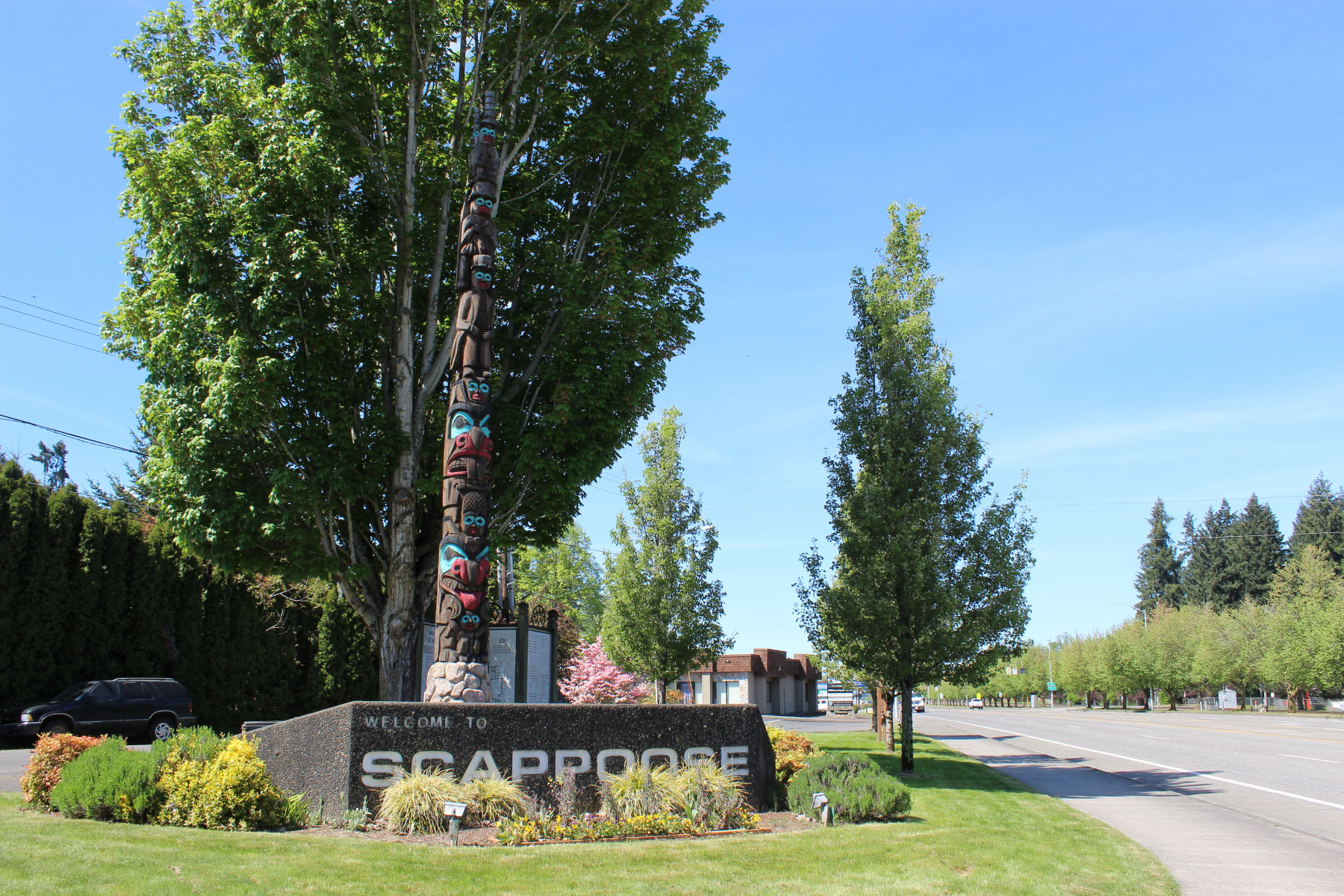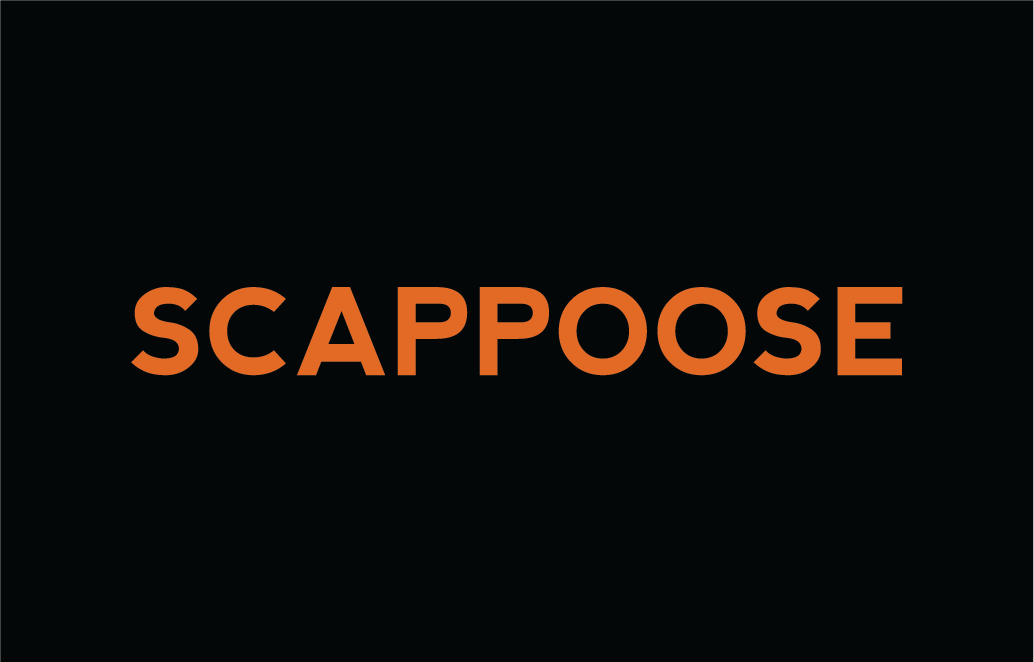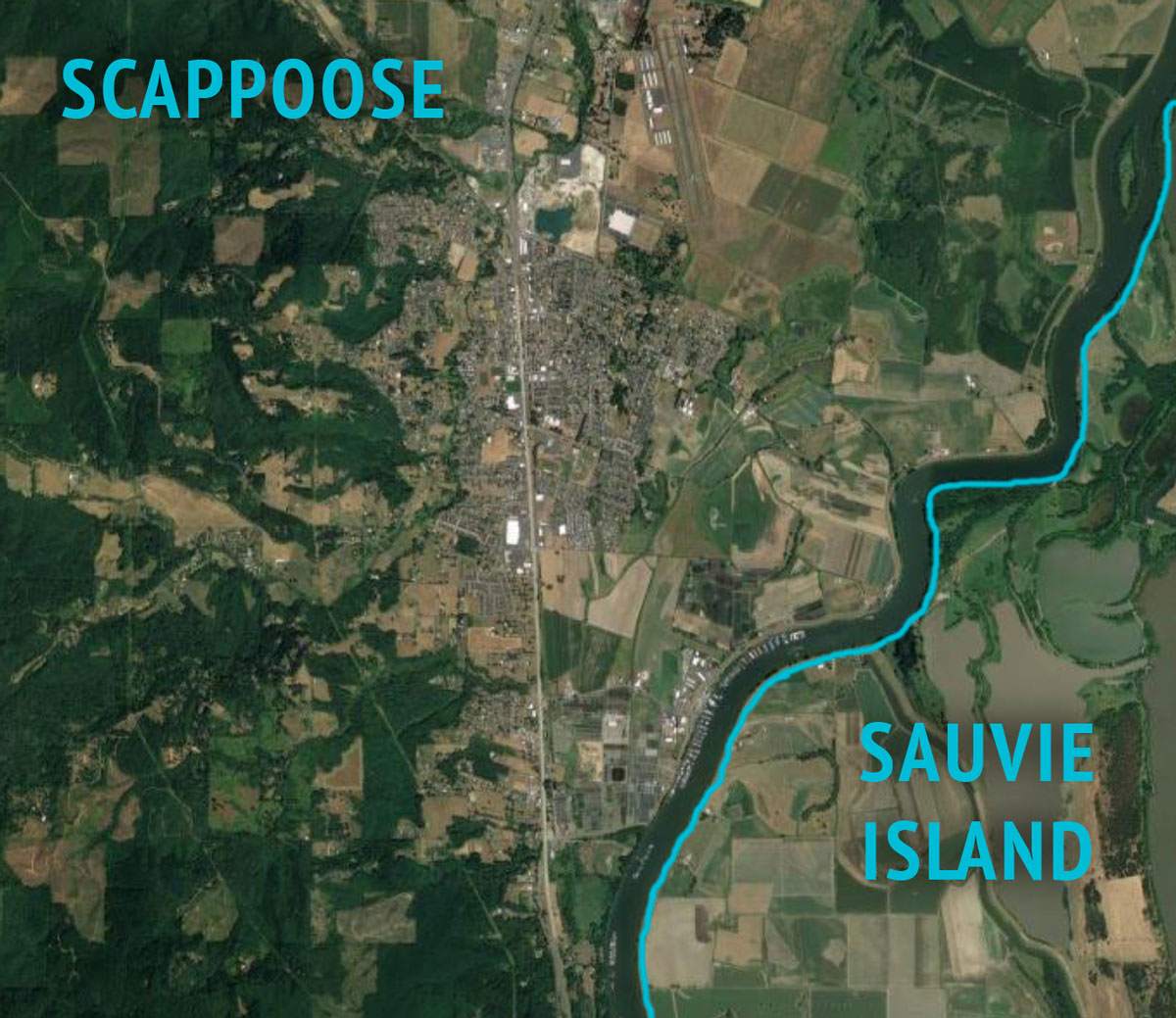Scappoose – what’s in a name?
Many of us are familiar with the story of how Portland got its name in a coin toss (it was almost called Boston!) in 1845, but where did the name “Scappoose” come from?
The story is not a simple one to answer. The written history of the Native Americans who settled on this land goes back to the days of Lewis & Clark (1806) and there are several different stories in circulation about how Scappoose got its name.
There are four prevailing stories:
The Account of John McPherson – one of the first non-native settlers of Scappoose, circa 1842
The Account of James Grant Watts – born in Scappoose in 1864, he was elected as the first mayor of Scappoose in 1920
The Account of Alexander Boncer – his family came to on Sauvie Island in 1851 and moved just south of Scappoose in 1862
Oregon Historians
Since there is no way to verify the true origin of the name Scappoose, you can pick the tale that you like the best. We happen to have quite a bit of preference for the version from John McPherson, as you might have guessed!

1850 Cadastral Survey of the Scappoose Plains, John McPherson’s land claim
Story #1: John McPherson
You may have noticed Scappoose sign, the totem pole and history placards on Columbia Boulevard. They tell the history of Scappoose and a bit about the fur trader Thomas McKay. We know not why his good friend John McPherson is not mentioned on this sign, but the two worked together at the Hudson’s Bay Company and both settled in the area of Scappoose. Both John McPherson and Thomas McKay are buried, along with their Native American wives, on land that John McPherson owned.
Reported in the Rainier Review, December 17, 1914:
According to the great authority pertaining to the history of Scappoose and which is given by John McPherson, a Scotchman who is said to be the earliest settler in the vicinity of Scappoose, the place gets its name from the Indians. McPherson was an employee of the old Hudson Bay Company, and acting in this capacity he came in contact with most of the hunters and trappers of the early days, which enables him to relate much interesting history of this part of Oregon.
Most of the men in the employ of the Hudson Bay Company in early days were Chapeaus Frenchmen, who wore chapeaus; a peculiar head gear. They spent most of their time hunting and trapping in the winter time on what is now known as Scappoose creek. It was while they were thus engaged that they had the misfortune to have a wreck in which they lost all of their stock and traps including their chapeaus.
It is said however, they recovered all their belongings after much labor with the exception of their chapeaus. Being disgusted with their bad luck, they returned to Vancouver, Washington, where was located their source of supplies — the Hudson Bay company. To the agents of the mentioned company, they related their accident and of losing their chapeaus.
Scappoose Creek was called by the Indians, “Cappo Creek,” the name finally became twisted into “Scappoose”, which in addition to the creek, the whole country was known for many years afterwards.
Story #2: James Grant Watts
This next story comes a bit later in the timeline. However, James Grant Watts’s grandfather came to Scappoose along the Oregon Trail in 1852.
Reported in the Rainier Review, July 9, 1925:
Between St. Helens and Scappoose is an area comprising 1,000 acres of land that has never been timbered and never was inundated by the backwaters that periodically crept up from the river. It was level, free from the dense growth of timber that grew to the very water’s edge in other portions of this region; and because of this was used as a meeting place by the Indians.
Because it was so easily turned into cultivation, the Hudson Bay people from Vancouver, Wash., came to Scappoose plains to raise their grain and vegetables. It is believed to be the first cultivated land in Oregon, for this reason.
The origin of the word “Scappoose” is indefinite, but it is generally understood to mean “gravelly ground,” as applied to the lighter soil of the plains compared with the soil of the hills in the background. Quite probably the name originated in connection with the plains, which were “gravelly,” low lying, level, and convenient for a meeting place for Indians from all over this section. The name then became applicable to the bay, the creek, the hills (or “mountains”) and finally to the town.
That is the explanation for the word “Scappoose” as Grant Watts of Scappoose understands it. He is in a position to know from as nearly first hand knowledge as anyone has now, for his grandfather, William Watts, drove across the plains from Pike county, Missouri, in 1852. In that party was James Watts, then only 17 years old, who later became the father of Grant Watts.
Story #3: Alexander H. Boncer
The Boncer (also Bonser) family came to Sauvie Island in 1852 and moved in 1862 to homestead about 4 miles south of Scappoose.
Reported in the Rainier Review, September 25, 1926:
There are so many explanations for the name “Scappoose” that a new one always is interesting. If it does not solve the riddle it is no less interesting for it. Mr. Boncer’s derivation for the word is from French origin.
“The French have a word — ‘capoose’ – meaning a tall hat,” said Mr. Boncer, in discussing the probable origin of the name. “Later the word was changed to ‘Scappoose.’ The word has no meaning in Indian phrases, that I know of, and I know practically all of the jargon.”
Story #4: Oregon Historians
The name Scappoose appears several times in letters and journals dated January and February 1846 from the French-Canadians of the Hudson Bay Company. Each one is related to John McPherson (of the Hudson Bay Company) and his settlement and farm in Scappoose (aka Scappoose Country and Fort Scappoose).
George Gibbs, a man educated at Harvard, was an ethnologist who studied the languages of indigenous peoples in Oregon and Washington Territories. In 1851, he traveled to the area of Scappoose and from his publication (Indian Nomenclature of Localities in Washington & Oregon Territories: Chinookan and Salishan, 1853) we learn that Scappoose was the native Chinook name for a creek at the former village of Chief Kiesno (who, after the death of Chief Concomley in 1830, lead the Chinook tribes until his death in 1847).
This creek fed into what we now call Scappoose Bay. Further south of Scappoose Bay, along the west banks of Multnomah Channel are plains areas. And on these plains, the Chinook from all over the area converged for their annual potlatch (feasts and gift-giving ceremonies that serve a variety of functions: creating alliances, promoting altruism, redistributing wealth, vanquishing rivals and, not least, showing off) and trade.
From The Oregon Encyclopedia about Scappoose:
The name Scappoose is derived from Skáppus (also sqə́pus), a Chinookan village on the west side of the Multnomah Channel. The village was a Native trading site that early resettlers described as the Scappoose Plains, a thousand acres of land in the Wapato Valley surrounded by 6,000 acres of wetlands.
It can be hard to separate tales from truth, but one thing is clear: Scappoose has been the name which refers to this area since our earliest written record of this place in 1846.




